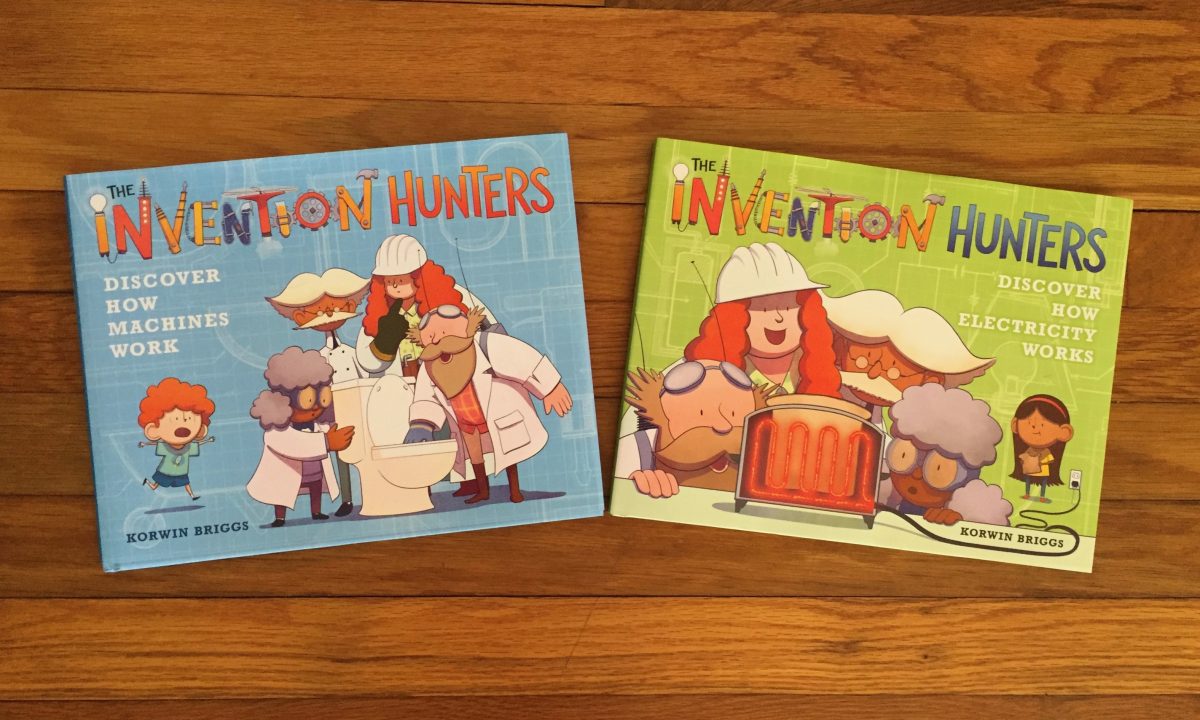The plane left in a steep climb to 10,000 feet. Two hours to Dallas and the Easterner still wasn’t sure he should be going. He’d gotten an email a few days earlier from the widow of a fraternity brother. “Sad News”, it said. Another friend had called her “to say that Tek had passed early that morning”.
What? Wait! Tek … Kimbell?
He remembered a tall, lanky guy with a Texas drawl, a big Adams Apple and an open-mouth laugh. Tek and Kyle and Hamilton and Redle and Gifford and others had helped ease the intimidation of one of the country’s top universities, not to mention California in the 60’s, for this life-long Easterner.
He had seen Tek once in 55 years, at their 50th reunion. A few grey hairs and a few more pounds were the only differences. Well, and a wife. He remembered the party at Betsy Gifford’s house, hearing how they had met. Tek had almost lost a leg in an accident while in the Navy after college and Nancy was one of the military team who nursed him back to health. The two had slow-danced like teenagers that night, almost 50 years after they met. Some love never ages.
Still, once in 55 years? Why was he attending this funeral when he had skipped so many others over the years? Maybe because of that: because it had been so many years? Nah! He was pretty sure he was invading someone else’s grief.
He thought back to the last time he’d been in Dallas. It was 1963 and he’d stayed at another friend’s house. The friend’s father had talked about “N—-’s” and how he’d shoot any who came onto his lawn and it was perfectly legal in Texas. “And I’d shoot Kennedy too”, the father said. The Easterner never forgot that moment.
He and Tek and Redle and Gifford had shared an off-campus apartment that year. Tek had come back that fall to finish some courses so he could graduate, but he had no tuition money because his father had cut him off for not graduating on time. The three paid his share of the apartment so he could work to pay for those last few courses. Such was the bonding of these fraternity brothers.
On the morning of November 22nd, he and Redle and Gifford listened to the radio’s initial reports of Kennedy’s assassination. He remembered the Dallas father’s threat and wasn’t surprised. The others were stunned, but dry-eyed when Tek walked into the apartment, tears flowing. The Easterner said something, like “Only in Dallas!” and Tek just stood there, absorbing the anger. Later, when the Easterner apologized, Tek said he’d been crying, not just for Kennedy, but also out of shame for Dallas. The Easterner never forgot that, either.
He met up with his friends from Oregon, Montana, and California at the hotel. They fell into conversation as though there had been no gap. He remembered the lack of measuring, the lack of judgment of those college years. Some things don’t change.
As the funeral started, he again wondered why he had come. He knew none of the 150 to 200 people there: the wife, kids, all those people who knew and loved Tek from elementary school forward.
He was wondering what he was even doing there when one of the eulogists, a lifelong friend of Tek, mentioned Tek’s returning to campus after graduation to take some extra courses. The Easterner leaned over to Kyle and asked how they could have that wrong. “Probably Tek never told anyone he didn’t graduate on time” was the whispered answer.
At the gathering after the funeral, he watched her greeting people with soft hugs and an occasional small smile. His fraternity friends introduced him to Nancy.
“Tell her” said Kyle. So he did. He told her about three fraternity brothers helping another at a time when he really needed brotherly love. And he told her of his shame at watching Tek cry in shame for his beloved Dallas.
She brightened, visibly. She called her son and daughter and he told them, too. They smiled, too.
He took those smiles with him, the next day in the plane as it soared above a Dallas sparkling in the morning sun, and all the way home.
He wouldn’t forget that moment either.




